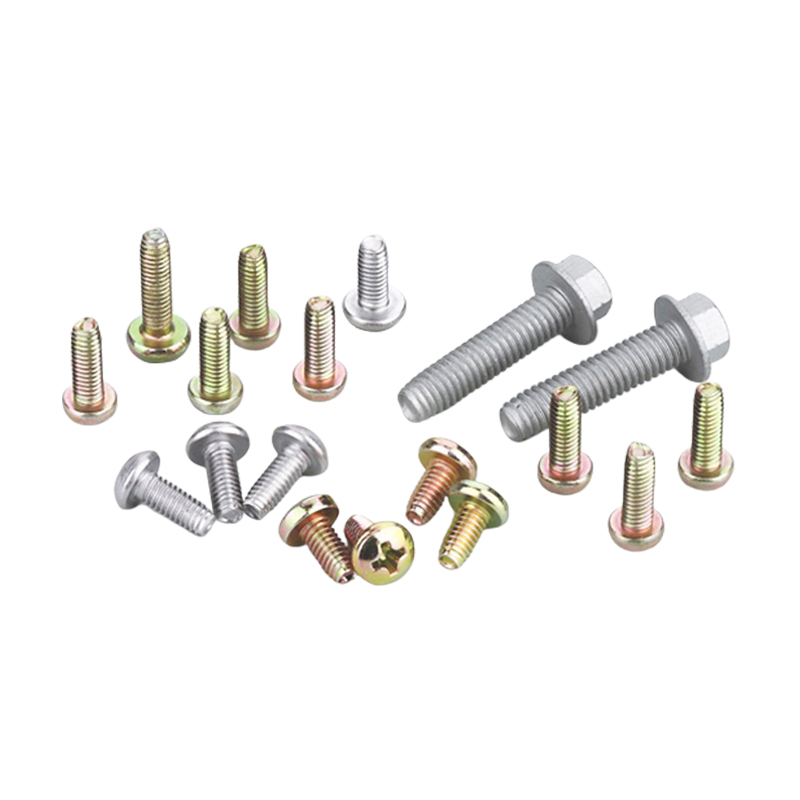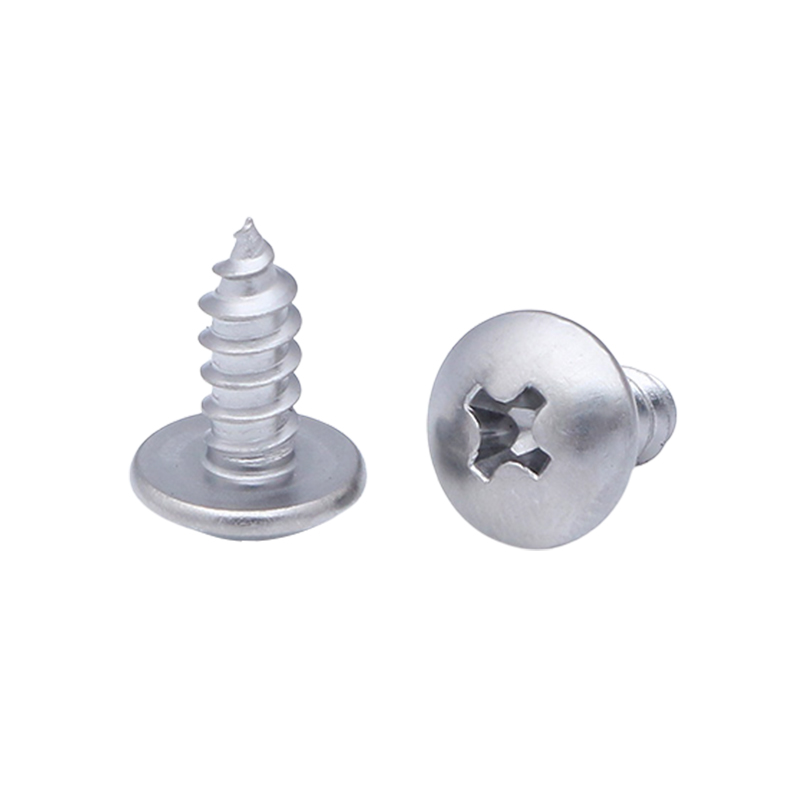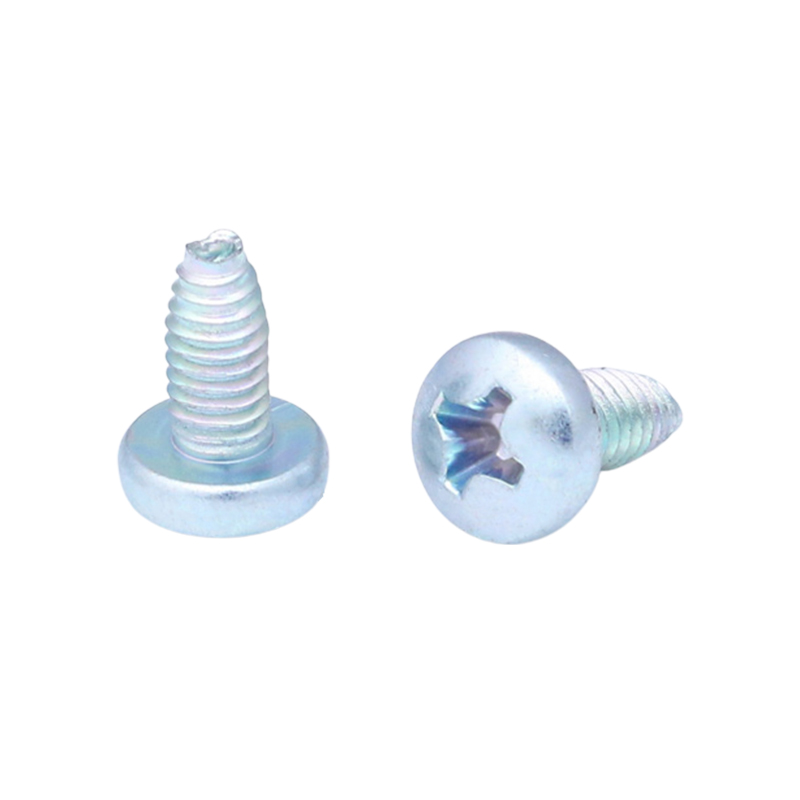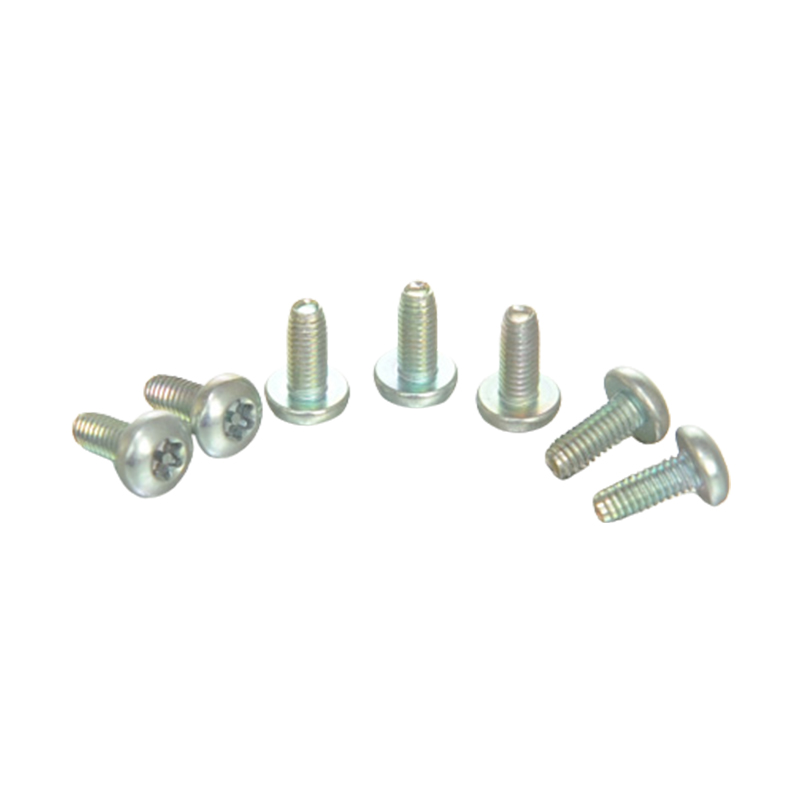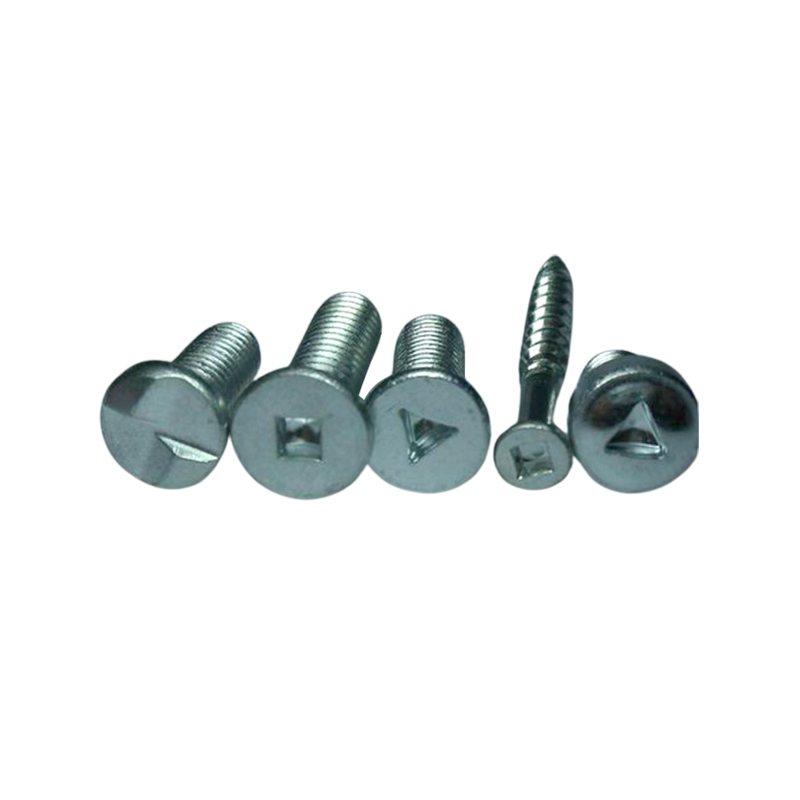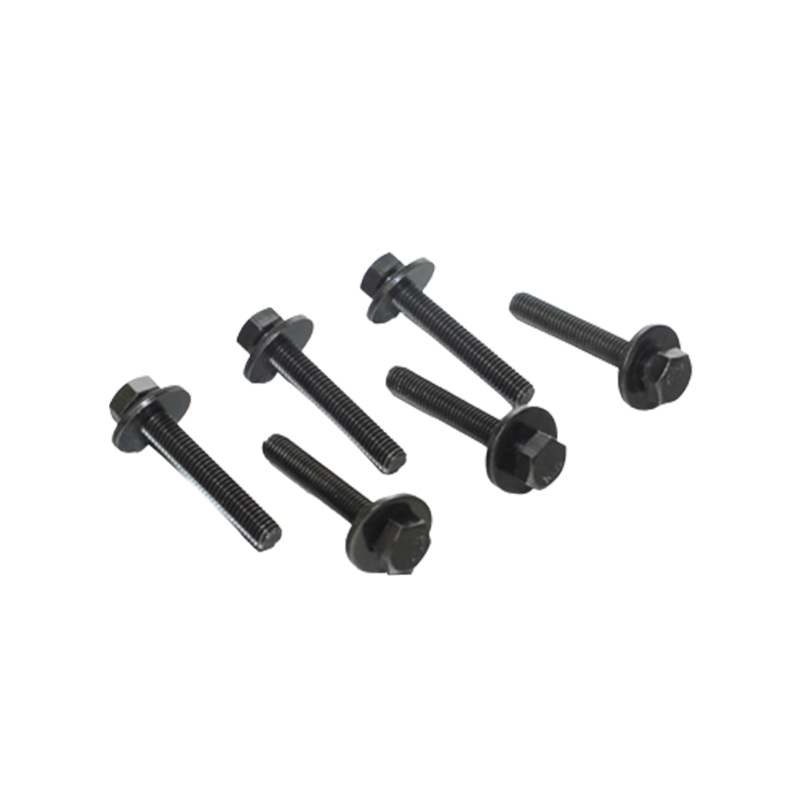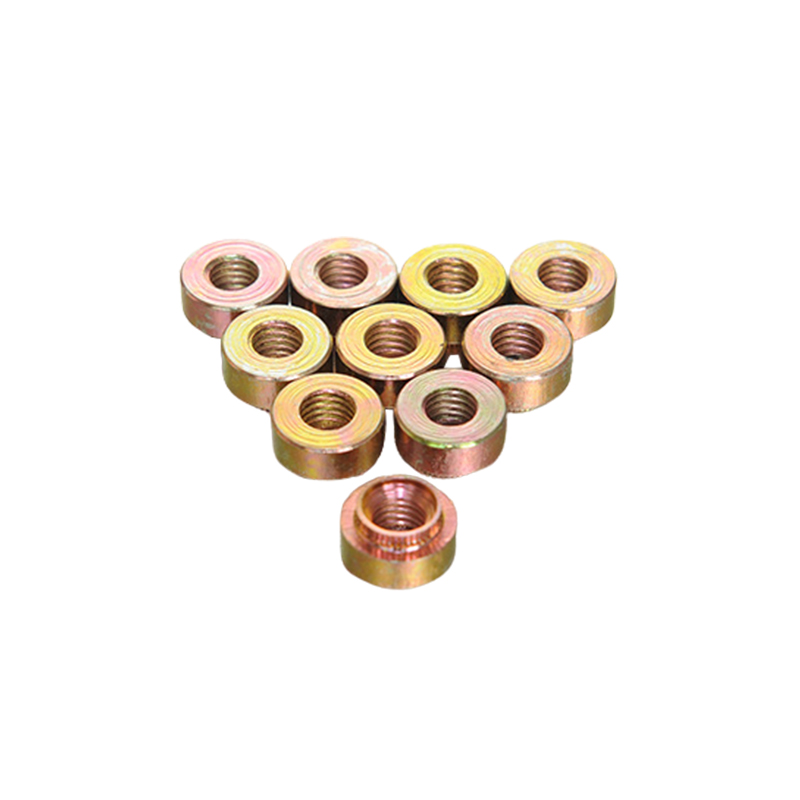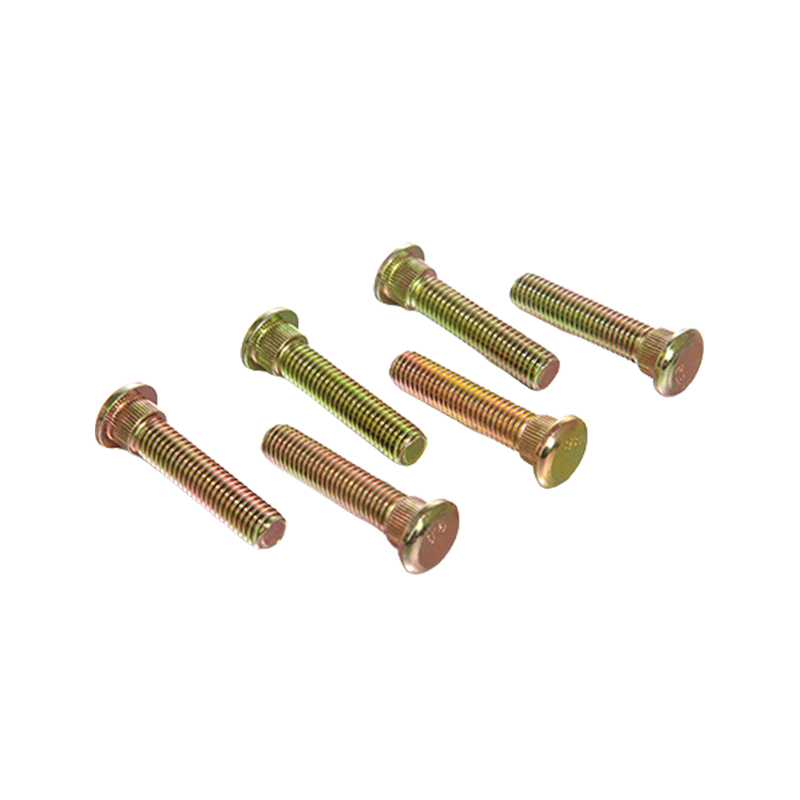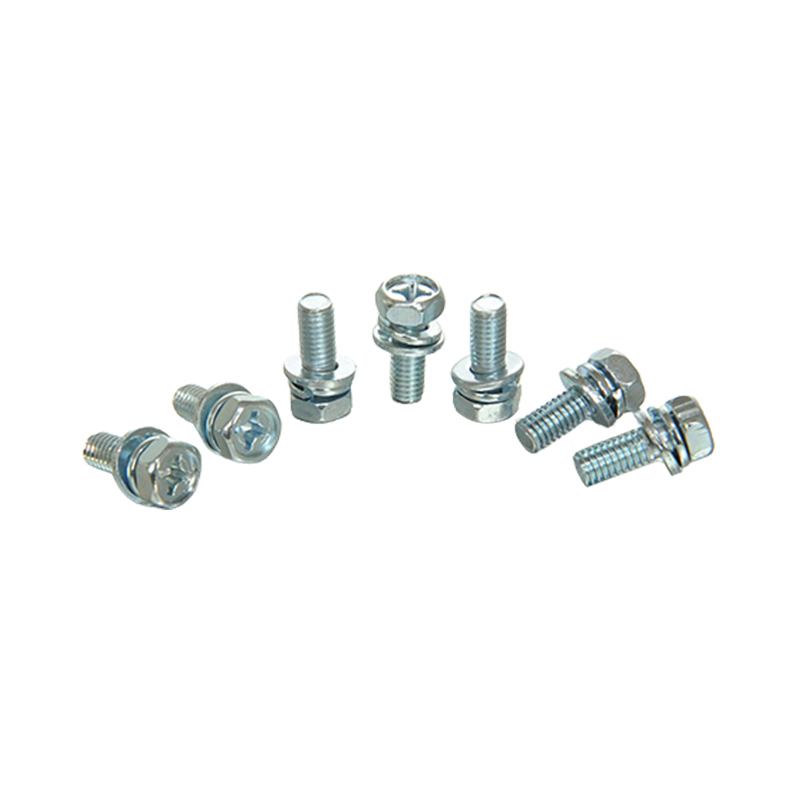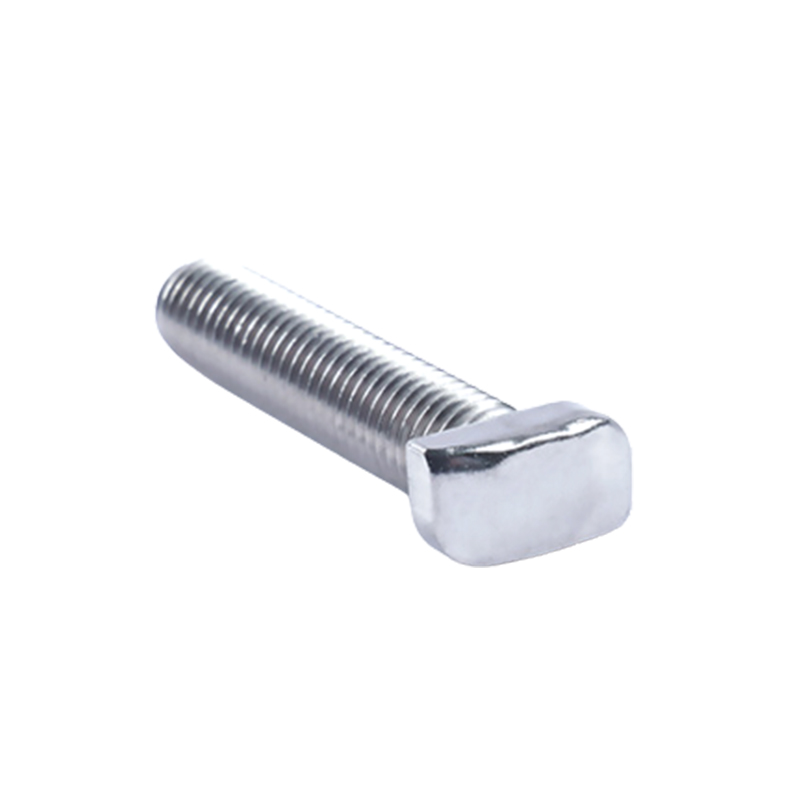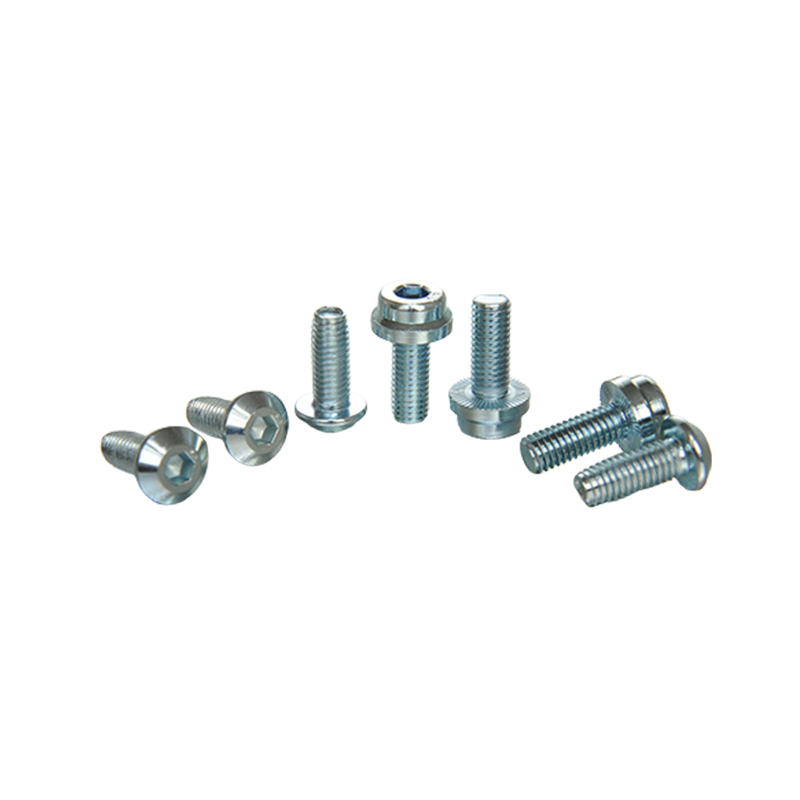Poor thread engagement
Poor thread engagement is one of the more common problems when installing triangular screws. This situation often occurs when the screw hole and the screw thread do not match, such as improper selection of the screw and screw hole size, or burrs and impurities on the thread engagement surface due to insufficient processing accuracy. When poor thread engagement occurs, obvious resistance will be felt during the tightening process, and even rotation will not be able to continue, which not only affects the tightening effect, but may also damage the thread structure.
Improper tightening angle control
Triangular screws have a certain self-locking effect due to their thread design, but if the tightening angle is improperly controlled during installation, it is easy to be too tight or too loose. Overtightening will cause the screw to bear excessive stress, which may cause the screw to deform and break for a long time; while over-loosening will reduce the stability of the fastener, which may cause loosening, falling off and other hidden dangers during equipment operation. Reasonable control of the tightening angle and the use of appropriate torque tools are effective ways to avoid this problem.
Inaccurate installation position
During the actual installation process, if the triangular screw and the installation hole position of the workpiece are not accurately aligned, the screw may be installed at an angle or fail to enter the screw hole smoothly. This not only affects the tightening effect of the screw, but also generates eccentric loads during the thread engagement process, uneven stress distribution, and increases the risk of structural damage. Especially in structures with multi-point tightening, an inaccurate position of a screw may affect the stability of the overall structure.
Improper tool selection
Due to the different designs of the nuts or screw heads, triangular screws need to be installed with special tools or matching wrenches and sockets. If the tool specifications are not matched or the quality is poor, it is easy to slip or damage the nut during installation, affecting the tightening efficiency. Some operators use conventional screwdrivers or simple tools for installation, and fail to ensure that the tool and the screw head are fully fitted, which is also an important cause of installation problems.
Uneven force or improper operation
When tightening triangular screws, if the force is uneven or the operation is improper, it is easy to cause inconsistent force on both sides of the screw, resulting in offset or local force concentration, which in turn affects the tightening effect. Especially in parts with multiple screws fastened together, if they are not tightened step by step in the diagonal or specified order, the uneven stress distribution may also cause a decrease in assembly accuracy and even damage the workpiece surface.
Surface impurities affect the tightening effect
If the screw hole or screw surface is not cleaned before installation, dust, iron filings, oil stains and other impurities will affect the normal meshing of the thread. These impurities may be embedded in the thread gap, causing the screw to feel blocked when tightened, or even causing partial damage to the thread. In addition, lubricating substances such as oil stains may also cause the screw to loosen more easily when subjected to vibration or impact.
The screw material does not match the working environment
When installing triangular screws, if the adaptability of the screw material to the working environment is not considered, it will also cause problems in use. For example, using triangular screws made of ordinary carbon steel in a high humidity and high corrosion environment may cause rust in a short period of time, affecting the tightening strength and increasing the difficulty of disassembly. Correctly selecting the appropriate material before installation, such as stainless steel or screws with surface protection treatment, can help reduce such hidden dangers.
Inadequate post-installation review
After the triangular screws are installed, if there is a lack of necessary inspection and review, it is easy to miss improper tightening, screws not tightened to the bottom or insufficient torque. Such problems may gradually be exposed during equipment operation, bringing unsafe factors. Therefore, after installation, it is recommended to reconfirm by manual inspection or using a torque wrench to improve the overall tightening quality and safety level.


